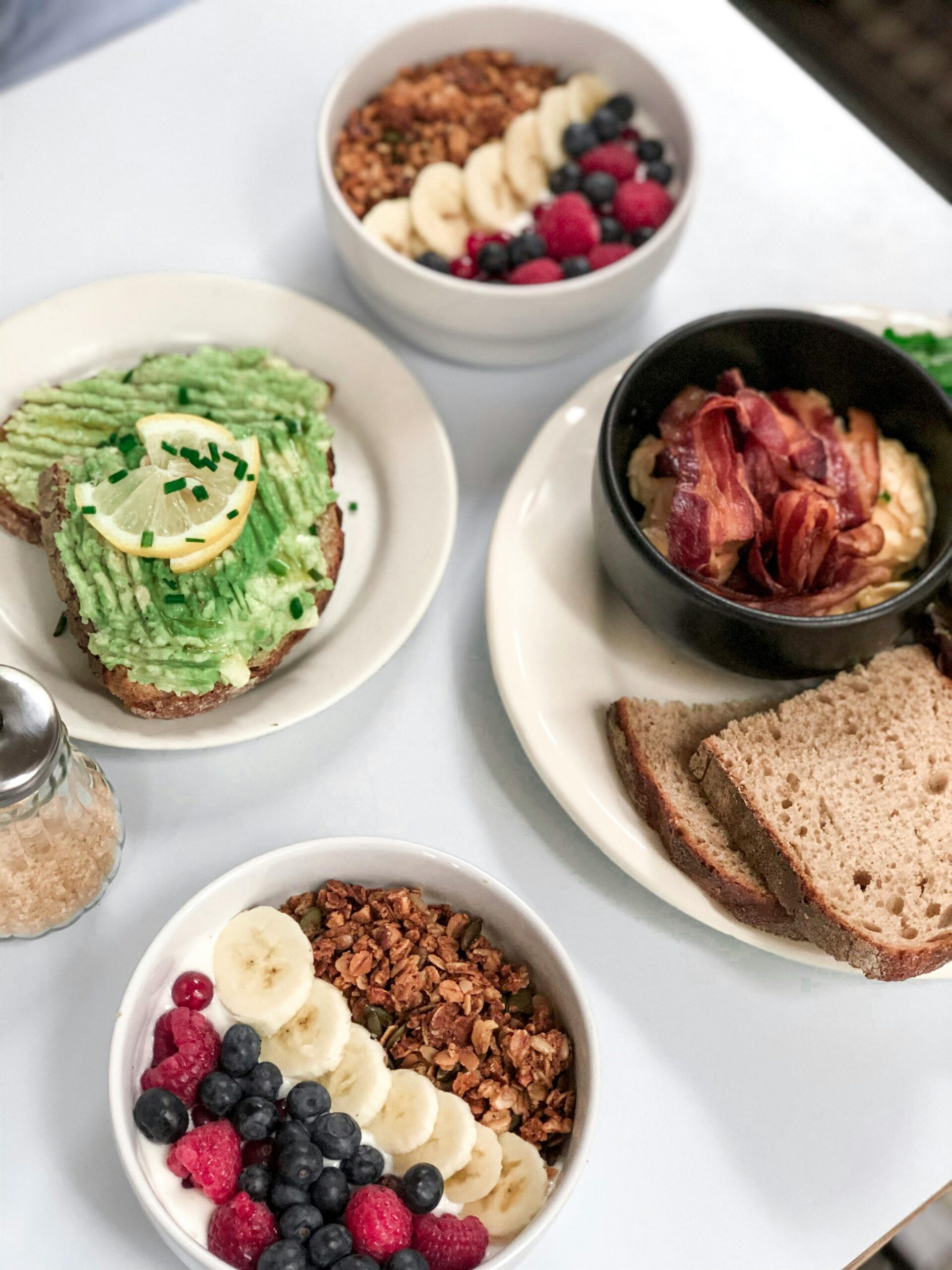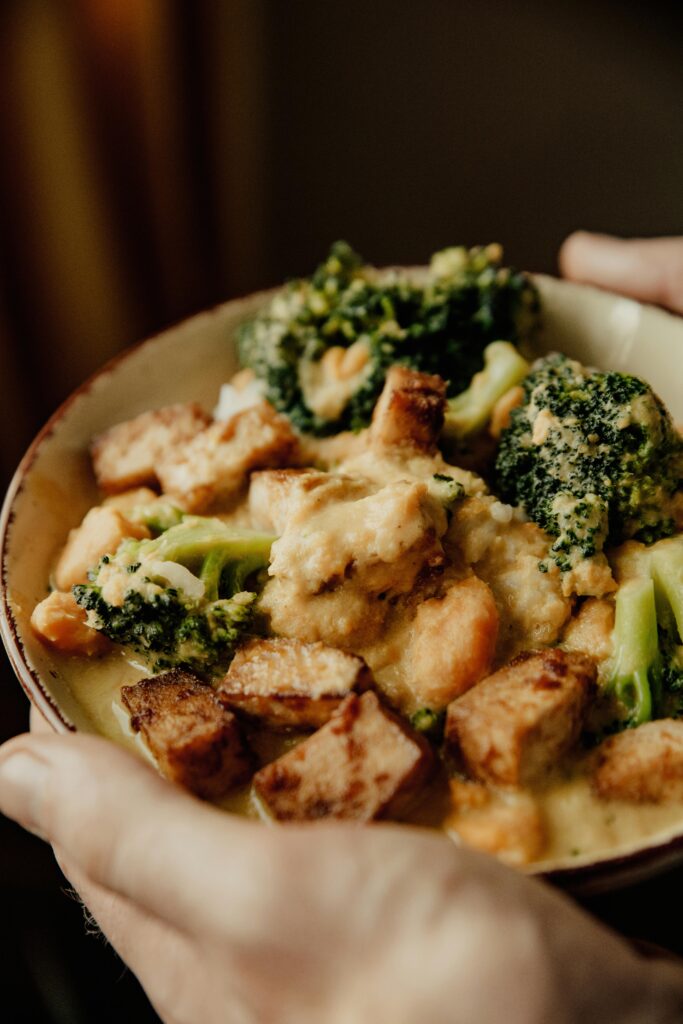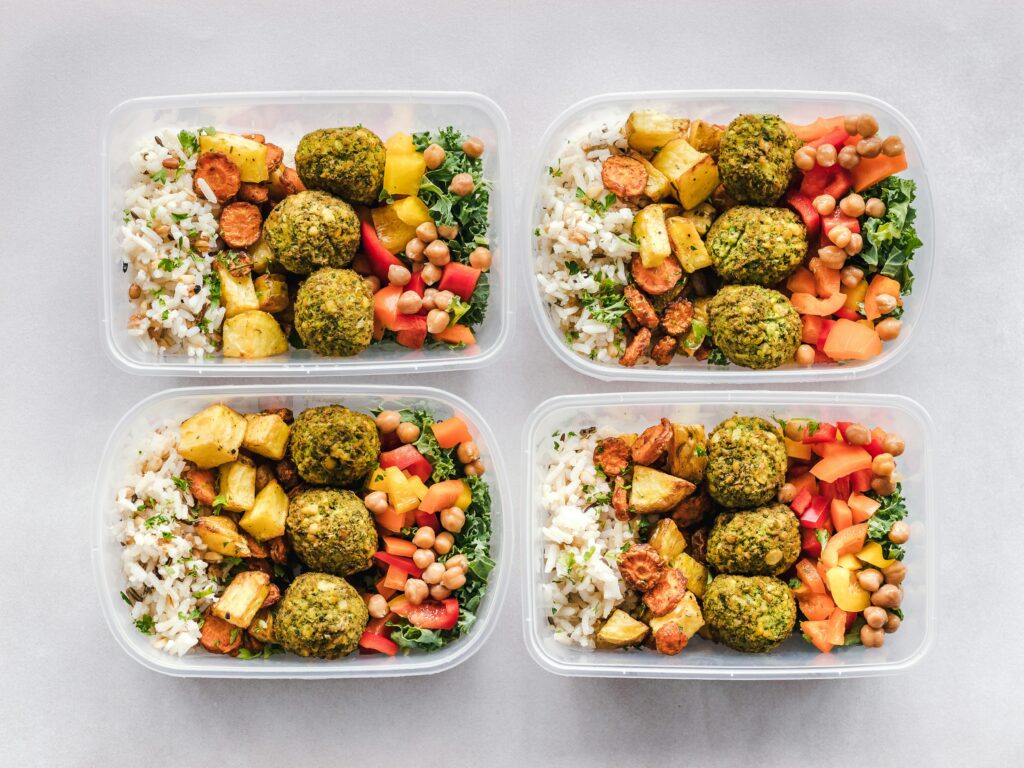- HUMOR
The 110 Very Best Birthday Puns


For those committed to a vegetarian lifestyle, ensuring an adequate intake of protein can be a challenge, yet it is entirely achievable with the right approach. High protein vegetarian meals are not only essential for maintaining muscle mass and supporting metabolic functions, but they can also be incredibly delicious and satisfying. This article will guide you through essential ingredients, common cooking pitfalls, and practical tips to enhance your vegetarian meals, ensuring they are as protein-rich as they are flavorful.
Building a high protein vegetarian meal starts with selecting the right ingredients. Beans, lentils, chickpeas, tofu, tempeh, and quinoa are staples in the vegetarian pantry, each offering a substantial protein punch. Incorporating a variety of these ingredients ensures a diverse amino acid profile, which is crucial for a balanced diet.
Legumes such as lentils and chickpeas are excellent sources of protein. A cup of cooked lentils contains about 18 grams of protein, while chickpeas offer around 15 grams per cup. These ingredients are versatile and can be used in soups, stews, salads, and even as a base for vegetarian patties.
Tofu and tempeh are soy-based products that are rich in protein. Tofu is softer and absorbs flavors well, making it ideal for stir-fries and curries. Tempeh, on the other hand, has a firmer texture and nutty taste, perfect for grilling or baking.
Quinoa is a complete protein, meaning it contains all nine essential amino acids. It can be used as a base for salads, bowls, or as a side dish. Other grains like farro and barley also offer a good amount of protein and add variety to meals.
Despite the variety of protein sources available, some common mistakes can hinder achieving optimal protein intake. One frequent error is relying too heavily on a single protein source, which can lead to a limited amino acid profile. Diversifying your protein sources is key.
Another mistake is neglecting portion sizes. While plant-based proteins are nutritious, they may require larger portions compared to animal proteins to meet dietary needs. Ensuring adequate portions can prevent deficiencies.
Finally, failing to properly prepare grains and legumes can impact their digestibility and absorption. Soaking and thoroughly cooking these ingredients can enhance their nutritional value and make them easier on the digestive system.
If you’re experiencing symptoms such as fatigue, hair loss, or a weakened immune system, you might be facing a protein deficiency. To address this, consider increasing your intake of high protein foods like beans, lentils, and soy products. It’s also beneficial to track your daily protein intake using a food diary or app to ensure you’re meeting your dietary goals.
For those struggling with digestive issues related to protein-rich foods, incorporating fermented foods such as tempeh or miso can aid in digestion and absorption. Additionally, consulting with a nutritionist can provide personalized advice and adjustments to your diet.
Enhancing the flavor of high protein vegetarian meals can transform them from mundane to mouthwatering. Using a variety of herbs and spices is one of the simplest ways to add complexity and depth to dishes.
Fresh herbs like basil, cilantro, and parsley can brighten up a dish, while spices such as cumin, coriander, and smoked paprika add warmth and richness. Don’t shy away from experimenting with spice blends like garam masala or za’atar for an exotic twist.
Incorporating umami-rich ingredients such as mushrooms, soy sauce, or nutritional yeast can enhance the savory aspect of your meals. These ingredients add a satisfying depth that is often associated with meat-based dishes.
Ingredients: 1 cup cooked lentils, 1 cup cooked quinoa, 1 diced cucumber, 1 diced bell pepper, 1/4 cup chopped parsley, juice of 1 lemon, 2 tablespoons olive oil, salt, and pepper.
Method: Combine all ingredients in a large bowl. Toss with lemon juice and olive oil. Season with salt and pepper to taste.

Ingredients: 1 block firm tofu, 2 cups broccoli florets, 2 tablespoons soy sauce, 1 tablespoon sesame oil, 1 tablespoon grated ginger, 2 cloves garlic, sliced.
Method: Cube tofu and sauté in sesame oil until golden. Add broccoli, ginger, and garlic, stir-fry for 5 minutes. Add soy sauce and cook for another 2 minutes.
Ingredients: 1 can chickpeas, 2 cups fresh spinach, 1 onion, diced, 2 cloves garlic, minced, 1 tablespoon curry powder, 1 can coconut milk.
Method: Sauté onion and garlic until soft. Add curry powder and cook for 1 minute. Stir in chickpeas, spinach, and coconut milk. Simmer for 10 minutes.
Ingredients: 1 block tempeh, crumbled, 1 tablespoon taco seasoning, 1 tablespoon olive oil, corn tortillas, toppings of choice (salsa, avocado, lettuce).
Method: Cook tempeh in olive oil with taco seasoning until crispy. Serve in tortillas with desired toppings.
Ingredients: 2 cans black beans, 2 sweet potatoes, diced, 1 onion, diced, 2 cloves garlic, minced, 1 tablespoon chili powder, 1 can diced tomatoes.
Method: Sauté onion and garlic until soft. Add sweet potatoes, chili powder, and tomatoes. Simmer until potatoes are tender. Stir in black beans and cook for 5 more minutes.
Flexibility in vegetarian cooking is paramount, as it allows for creativity and adaptation to dietary restrictions or preferences. For those avoiding soy, chickpeas or black beans can replace tofu or tempeh in most recipes. Similarly, quinoa can be substituted with millet or buckwheat for those seeking variety or dealing with specific grain intolerances.
For a gluten-free diet, ensure all grains and seasonings are certified gluten-free. Experimenting with different legumes or grains can also introduce new flavors and textures, keeping meals interesting and nutritionally balanced.

Meal prepping is an excellent strategy for maintaining a high protein vegetarian diet, especially for those with busy lifestyles. Start by planning your meals for the week, focusing on recipes that can be easily doubled or stored.
Batch-cook ingredients like grains and legumes, which can be used in multiple dishes throughout the week. Pre-chopping vegetables and storing them in airtight containers can save time and reduce meal prep stress.
Investing in quality storage containers that are both microwave and freezer-friendly can preserve the freshness of your meals and make reheating a breeze.
Proper storage is crucial for maintaining the quality and nutritional value of your high protein vegetarian meals. Cool cooked dishes quickly before storing them in the refrigerator to prevent bacterial growth. Most meals can be kept in the fridge for up to four days.
For longer storage, freezing is an excellent option. Ensure meals are cooled completely, then portion into freezer-safe containers or bags. Label them with the date and contents for easy identification. When ready to enjoy, thaw meals in the refrigerator overnight before reheating.
Keeping high protein snacks on hand is essential for maintaining energy levels throughout the day. Consider snacks like roasted chickpeas, which are easy to make and portable. Simply toss chickpeas with olive oil and your favorite spices, then roast until crispy.
Nut butter on whole-grain crackers or apple slices provides a quick protein boost, while Greek yogurt with a handful of nuts offers a satisfying and nutritious snack.
For those on the go, protein bars or shakes can offer a convenient solution, ensuring you stay fueled and focused even on the busiest days.